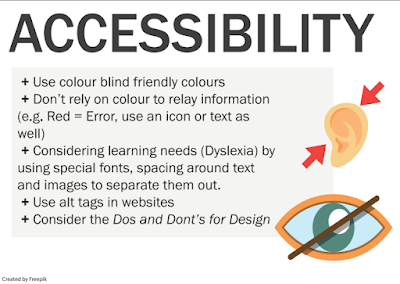Accreditation opportunities
When I did PGCE Applied ICT & QTS teacher training in the UK I gained British Computing Society - ECDL (European Computer Driving Licence) Level 2
and Certiport's MOS (Microsoft Office Specialist) - Advanced Word, Excel, PowerPoint.
I paid the $10 fee myself at the start of this DFI course and have passed the Google Certified Educator Level 1, I am now looking at further accreditation. I found today's Opportunities slide deck interesting to see the other Educator certs available.
Deep Dive: External Recognition Opportunities
Google Exam: An opportunity to gain a globally recognised award for teachers.
Review content from the Google Training Centre Modules.
Apple Teacher Exams Apple Learning Centre
Screencastify Master the Screencast
WeVideo Education Ambassadors
BookCreator Certified Author
Hāpara Champion
Google Certified Educator Level 1
Level 2 passed
I expected the $25 exam to have practical scenarios and to be harder. I think the multiple choice / drag& drop questions would be harder for ESOL students because it was more about reading comprehension and catching the red herrings.
Microsoft Minecraft Edu PD
I have started to experiment with the delivery of Computational Thinking with Minecraft Edu. I've had a discusion with the HoD Maths to swap ideas on how I can integrate our DTEC CT curriculm so that it chimes in with the Y9 (measurement and number) and Y10 (statistics) maths topics. So I was pleased to see Cyclone is doing more PD with teachers for using Minecraft Edu.
Here is a MinecraftEdu with maths for next Wed. We have an open evening hui at that time for senior subject selection, so hopefully they will share links to a webinar video / resources.
My initial thoughts are to integrate with our Droneblocks.io coding of Tello Drones to measure and calculate perimeter, area and volume (for Y9) and to use drone racing results bivariant data (for Y10 statistics). But the MinecraftEdu will be ideal for Y7-8 students.
CS Unplugged @ Home
I'm always impressed by the mahi of UC Computer Science Education with Tim Bell, so I was pleased to see today's tip of
CSUnplugged@home. I will share this with our feeder school HPS's DTEC co-ordinator.








